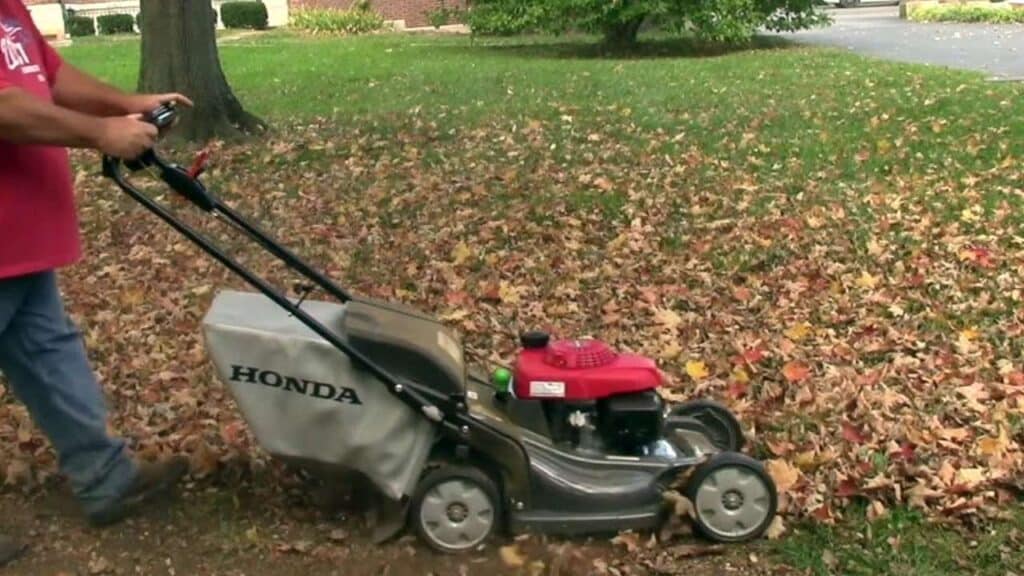Mulching leaves can transform your garden, but like any gardening technique, it comes with its advantages and challenges. Let’s delve into the intricate world of leaf mulching, exploring how it can nourish your soil, enhance your garden’s beauty, and sometimes pose challenges.
Pros of Mulching Leaves
1. Enriches the Soil
Mulching leaves is a boon for the garden soil. As microorganisms break down the mulch into humus, the soil receives a wealth of nutrients essential for plant growth. For instance, maple leaves discourage weed seeds, while honey locust leaves inject nitrogen into the soil, fostering lush grass and plant life.
2. Waste Reduction
Turning leaves into mulch also addresses environmental concerns by reducing plastic waste from bags typically used for leaf disposal. Moreover, as the mulch decomposes, it feeds soil-dwelling organisms, further enhancing soil health.
3. Saves Time and Effort
Compared to the traditional rake and bag method, mulching with a lawnmower is a breeze. It’s a quick, efficient process that saves you the backbreaking work of raking and disposing of leaves.
4. Protects Against Harsh Weather
Leaf mulch acts as a protective layer for your lawn, retaining moisture during dry spells and safeguarding against soil erosion. This natural blanket ensures your garden remains hydrated and healthy, regardless of the weather.
5. Cost-Effective
By mulching leaves, you’re essentially crafting your own fertilizer. This not only saves money on lawn care products but also reduces water usage, thanks to the mulch’s moisture-retention properties.
6. Supports New Plant Growth
Mulching is particularly beneficial for new plantings, helping stabilize and nurture young growth. It emphasizes the importance of composting leaves if a formal compost system isn’t in place.
Cons of Mulching Leaves
1. Overmulching Hazards
While mulching offers numerous benefits, too much of it can harm your garden. Excessive mulch may lead to plant discoloration or death, highlighting the need for even distribution to prevent damage.
2. Potential Mess
Mulching wet leaves can create a sticky mess on shoes and clog lawnmower parts. Windy conditions may also scatter mulch across your property, leading to an untidy appearance.
3. Ineffectiveness of Pine Needles
Mulching with pine needles proves to be inefficient due to their small size, necessitating traditional raking despite your efforts to mulch.
4. Weather Concerns
Mulching damp leaves excessively can smother your grass, leading to turf issues. It’s crucial to balance the benefits and drawbacks for a healthy lawn.
How to Mulch Leaves Effectively

Use a Mulching Blade: Swap your mower’s blade for a mulching one to finely chop leaves.
Remove Large Branches: Protect your mower by clearing away large branches.
Disable the Collection System: Opt for side discharge to prevent clogging.
Adjust Mowing Deck: Raise the deck for optimal leaf mulching without cutting the grass too short.
Mow and Inspect: After mulching, inspect your lawn to ensure an even distribution, avoiding overmulching.
Mulching leaves, when done correctly, is a game-changer for your garden. It’s about striking the right balance to reap the benefits without inviting the drawbacks.

